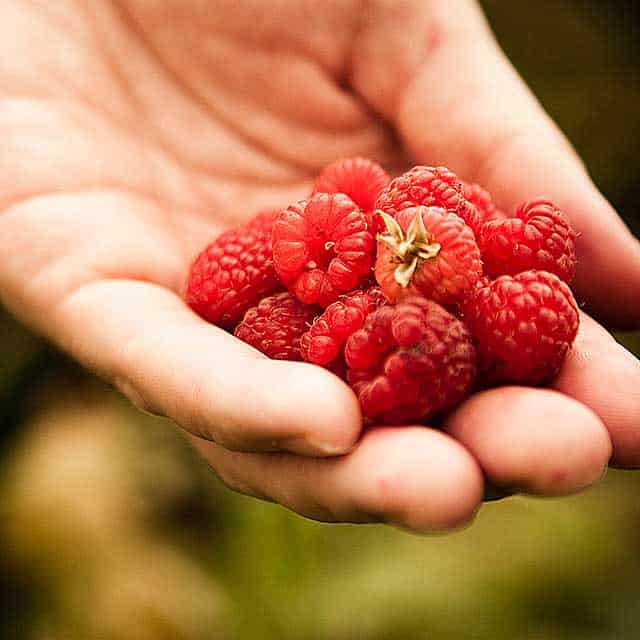As tempting as it is to load up on berries and stone fruits whenever you come into Sprouts, you’ve probably experienced the downside of that happy harvest as well. Peaches sometimes sit too long on your kitchen counter, and apples will slip to the back of the produce bin in your fridge. Then what you have on your hands is little more than a swarm of fruit flies and some colorful compost.
Sweet Salvage
Most of us buy fruit that is nearing peak ripeness, but not quite there. And then, inevitably, we miss the magical moment at home and end up with some fruit that is way too ripe. Darn the luck. You don’t want to use overripe fruit to make jam, because it has already lost some of its pectin—its binding sugar. You also don’t want to just throw it out. Here are some tips for what to do when your fruit’s gone too far.

Berries
If you buy too many berries, you can freeze them. Just make sure to wash them all off carefully, AND dry them. You’ll also need some reasonable freezer space, because you don’t just want to throw them all into a plastic container. Best to separate them out a little bit, perhaps using muffin tins. If your berries do over-ripen, cut away the soft spots and then purée everything in the blender with a little sugar. You’ll have a great topping for ice cream or pancakes.
Bananas
When bananas start to go black, it’s time to act. You have two options. One is to peel them, mash them and toss them into the blender with a little lemon juice to prevent further darkening; then place the mush into plastic zip-lock bags and freeze it. You can later thaw and microwave (not in the plastic bag), and use in muffins, banana bread, smoothies, or in dessert toppings. You could also put off the hard work and just throw the ‘nana into the freezer, peel and all. The soft spots will firm up and the whole thing will freeze rock solid, enabling you to microwave it at a future date and use as an ingredient. One caution with this latter method: frozen bananas do not stack well!
Peaches and Nectarines
Stone fruits will go bad quickly if left out, especially in close proximity to each other (don’t let them touch when ripening on your countertop). When that happens, as it inevitably will, cut away the bruises, cut into small chunks, and you can use them to make chutneys, simmer sauces, or (with milk, ice and a little sugar) smoothies.
Watermelon
Big watermelons always look good, and remind us of happier times. But if you bought too much melon for the available mouths, there is a nifty alternative to letting them go soft and mushy in baggies. Cut off the rind and the bad spots, purée it all in the blender, and then pour into ice cube trays and freeze. Then, when inspiration hits, just toss the cubes into a glass of water, sparkling water or soda.
Apples
When a long-forgotten apple starts showing its wrinkles, core it and slice it. Then cook with cinnamon, cardamom, nutmeg, sugar, walnuts and some butter to make a really refreshing and reasonably healthful snack.
Other Ideas
Overripe apples, lemons and oranges can be used to make sangria.
Berries that are so ripe they fall apart may not look great, but who cares if you just mix them into plain yogurt to make your own spectacular flavors? Or, you can add a sweetener like agave to your berry purée, pour it into a used and well-washed ice cream pint, and freeze it to make your own sorbet.
Any of the higher water content fruits can be puréed and then spread in a shallow pan and dehydrated (using your microwave or a food dehydrator) to make your own fruit leather.


 VIEW ALL
VIEW ALL



